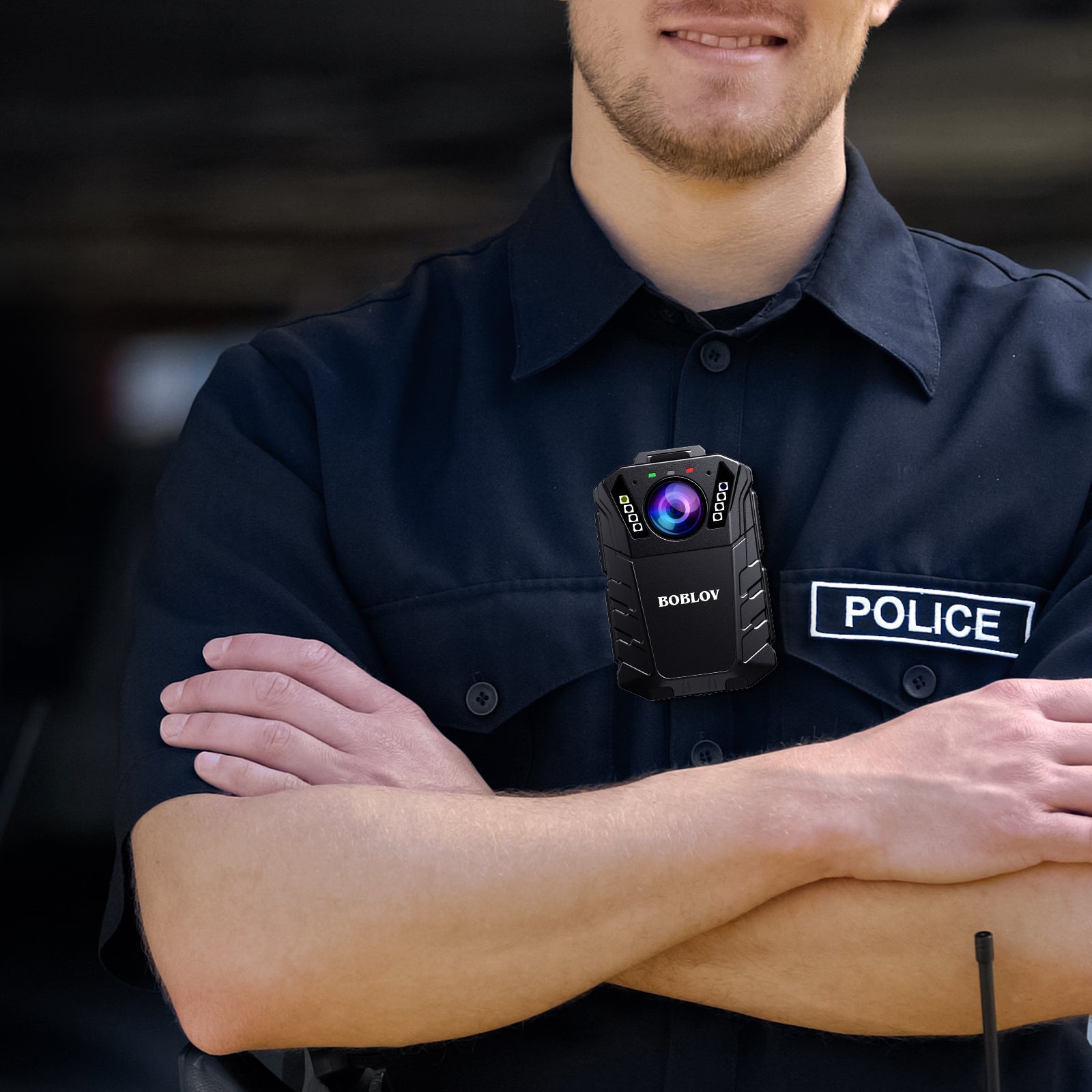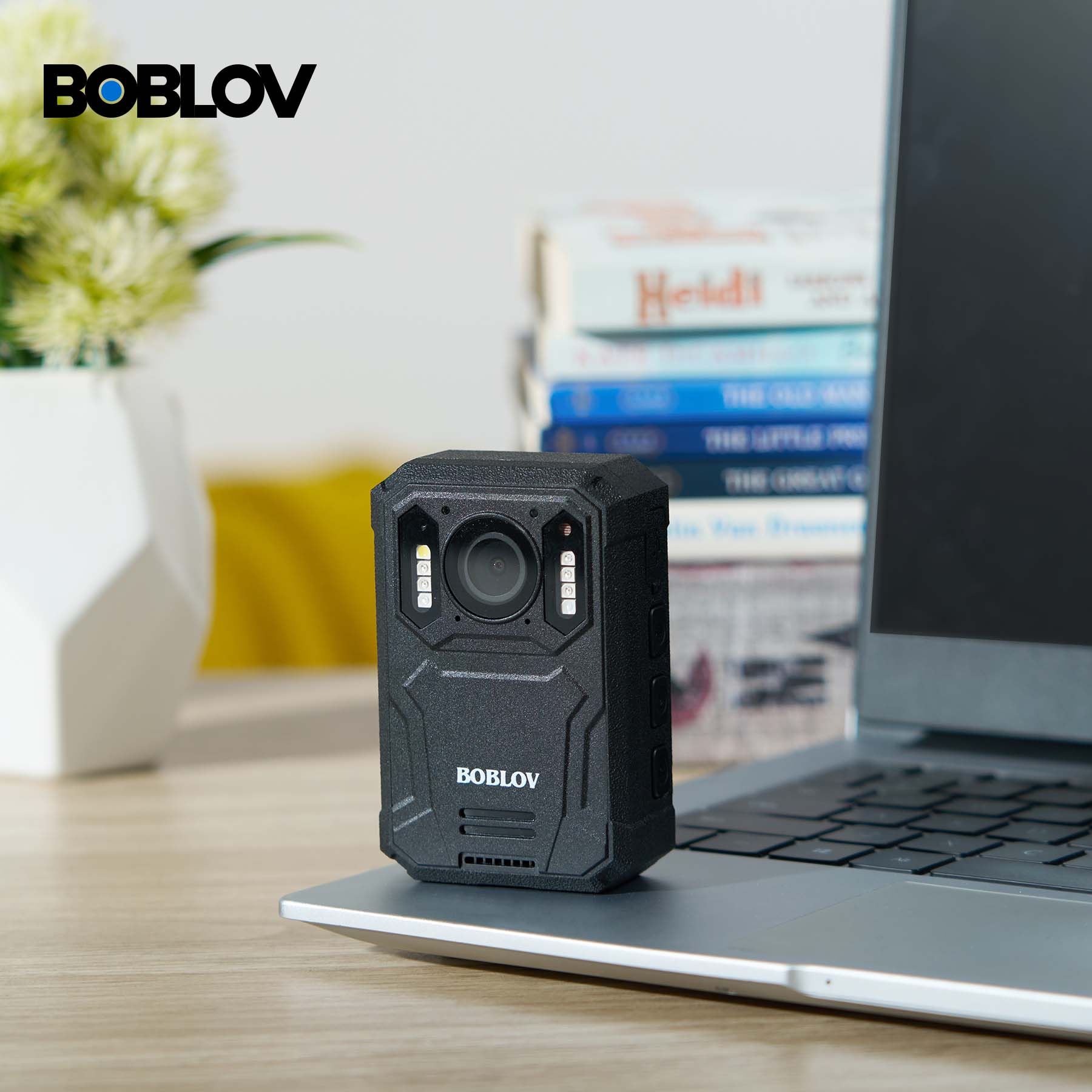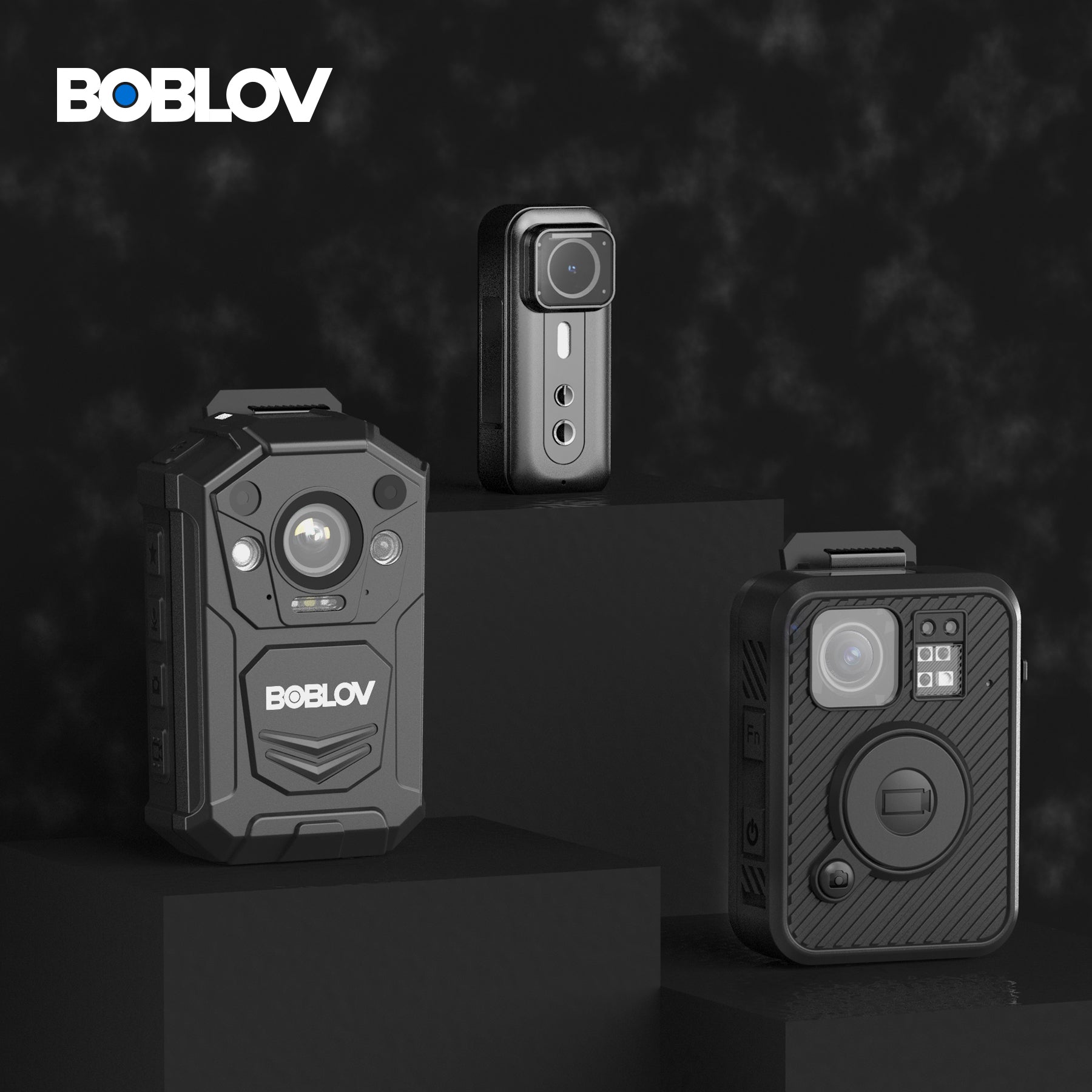Understanding the Demand for Police Body Cameras
Exploring the Drivers Behind the Increased Adoption
The push for police body cameras has many reasons. Public demand for police accountability is growing. High-profile cases have sparked a call for transparency. The cameras aim to build trust between police and communities. They also provide evidence in legal cases. More and more, people see them as a way to improve policing. Tech advances make the cameras better and easier to use. Grants and funding help police departments buy equipment. Experts believe body cams will soon be standard for all police officers.
Assessing the Impact of Body Cameras on Law Enforcement Practices
The adoption of police body cameras has had notable effects on law enforcement. They alter daily police work in many ways. A key change is how officers interact with the public. Officers may act more carefully when recorded. These devices also provide evidence for court cases. They can clear or convict based on what's captured. Training methods have adapted too. Video footage is used to improve police tactics. Lastly, complaints against police can be better resolved. The cameras offer a clear record of police-public encounters.
The Role of Body Cameras in Ensuring Transparency and Accountability
Body cameras serve as vital tools for law enforcement. They enhance the transparency of police actions. Body-worn cameras provide a clear record of events. This helps to build public trust. They can also reduce complaints and use-of-force incidents. By recording interactions, these devices hold officers accountable. Transparency leads to improved behavior on both sides. It bolsters community relations. And it can help to resolve disputes more fairly.
Technological Advancements in Police Body Cameras
Innovations in Image Quality and Video Recording
Recent advances have significantly improved police body cameras. These improvements focus on clearer images and reliably capturing footage. High-definition (HD) and 4K resolutions are now common features. They provide detailed evidence that is vital in investigations and trials. Wide-angle lenses have also been standard. They offer a more complete view of incidents. Night vision capabilities ensure clarity in low-light situations. This makes evidence-gathering effective at all hours. Enhanced video compression reduces file sizes. It makes storage and transmission more efficient. These innovations are crucial. They help officers and the public they serve.
Integration of AI and Machine Learning
The police body camera market is rapidly evolving. Now, AI and machine learning are part of the tech. These innovations help in facial recognition and behavior analysis. They make data sorting automatic. This reduces manual work for officers. Better tech leads to faster and smarter policing. This integration brings new debates on ethics and privacy. Yet, it's seen as a step toward advanced law enforcement.
Advancements in Durability and Battery Life
The durability and battery life of police body cameras has seen major improvements. Modern cameras can withstand tough conditions, making them reliable during long shifts. They can handle harsh weather and accidental drops with ease. Plus, enhanced battery life now allows for extended recording times. Officers no longer need to worry about their cameras dying midway through a shift. These advancements mean police can focus more on their duties and less on tech issues. Each camera, like the Boblov body cam, is crafted to be tough and long-lasting. These features help ensure that vital footage isn't lost due to equipment failure.
Legal and Ethical Considerations
Navigating the Privacy and Surveillance Regulations
As police body cameras become more common, privacy concerns grow. Laws vary across states. This means what's okay in one place might not be in another. We must find a balance between safety and privacy rights. Some worry about being recorded without consent. Others think it's needed to keep police actions in check. Clear rules on when and how cameras can be used are important. Training on these rules is also key. It helps ensure that body cams are a tool for good, not harm.
Addressing Ethical Concerns in Police Surveillance
The use of police body cameras has sparked ethical debates. Are we trading privacy for safety? This pressing question sits at the heart of police surveillance discussions. There's worry about misuse of footage exposing citizens in vulnerable situations. Or officers being unfairly judged for split-second decisions. We must balance the benefits of body cams with ethical use guidelines. Clear policies on when to turn cameras on and off are key. Also, agencies must be clear on who can view the videos. It's vital to maintain public trust while using this tech. Officer training in ethical practice is just as important as the tech itself.
Best Practices for Data Management and Retention
In managing police body camera data, clear rules are vital. Agencies must balance privacy and public interest. Key practices include setting strict access controls, and defining data storage periods. Regular audits and compliance checks are also a must. These steps help keep trust in law enforcement strong and uphold civil liberties.




